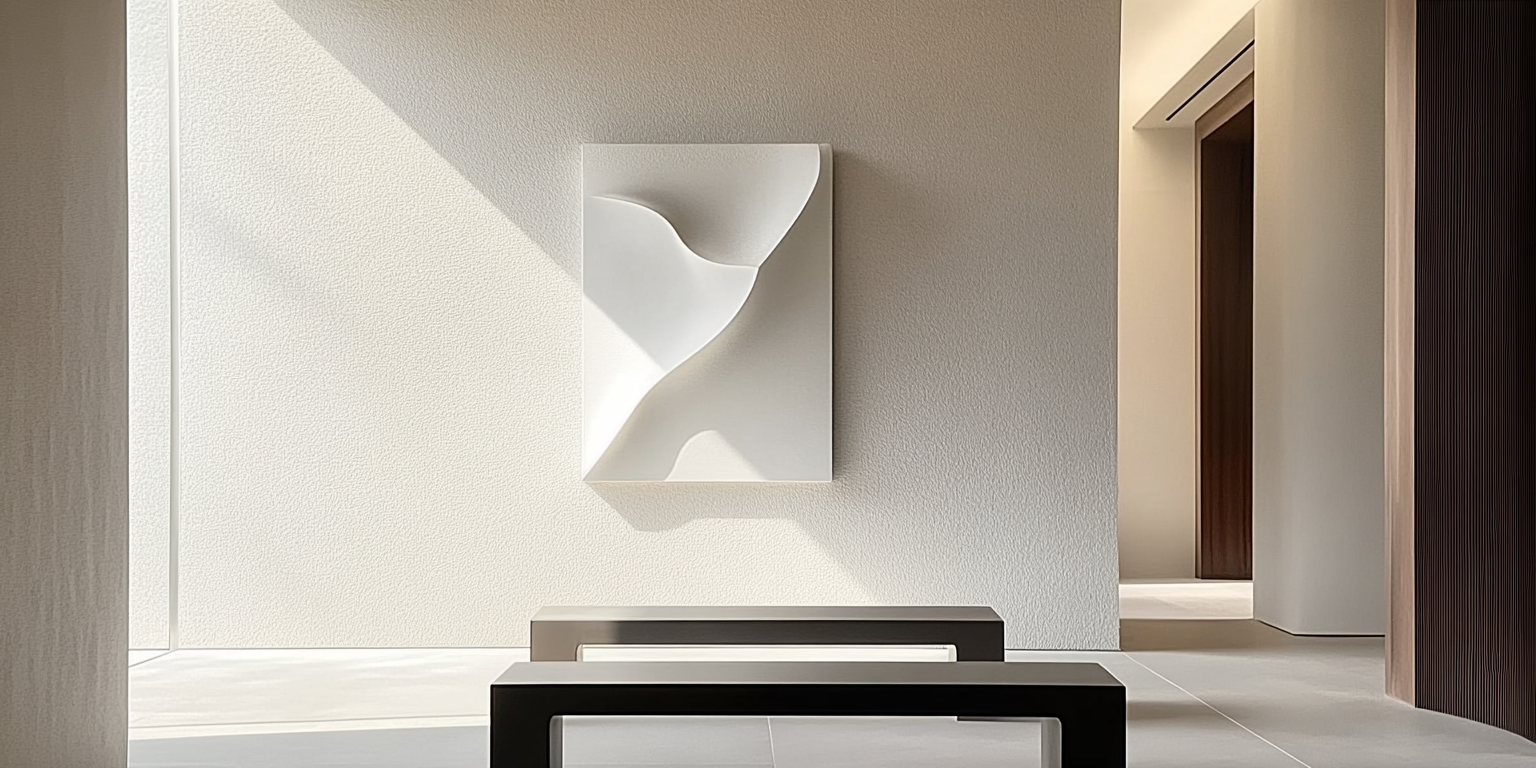When it comes to choosing the perfect wall art for your home, one of the biggest decisions you'll face is the choice of materials. Should you go with real wood, known for its natural beauty and timeless durability, or opt for artificial alternatives like MDF, particle board, or plastic composites? Each option comes with its own strengths—and drawbacks.
In this article, we’ll dive deep into the differences between real wood and artificial materials in wall decor. From aesthetic value and texture to environmental impact and longevity, we’ll help you determine which option is the best fit for your space.
The Aesthetic Appeal: Authenticity vs. Uniformity
One of the most obvious advantages of real wood wall art is its organic charm and one-of-a-kind grain patterns. Whether it's carved oak, reclaimed pine, or hand-sanded walnut, no two real wood pieces are exactly alike. This gives your decor a natural richness and character that’s difficult to replicate.
In contrast, artificial materials often lack this depth. Though some MDF or laminate designs are manufactured with wood-look finishes, they tend to look too uniform and can appear flat or synthetic up close. For design enthusiasts seeking warmth and texture, real wood wins.
Take for example our wood wall art collection: pieces in this collection are crafted from real, sustainably sourced timber. Many feature hand-carved detailing, layered textures, and subtle color variations that make each piece a statement in its own right.
Durability: Built to Last or Short-Term Style?
Durability is another key factor to consider. Real wood wall art is known for standing the test of time. When properly cared for, it resists sagging, warping, and general wear and tear. If you’ve ever inherited an antique wooden piece, you’ve seen how well solid wood ages.
On the other hand, artificial materials like MDF or plastic are far more vulnerable to environmental factors. Humidity can cause warping, while scratches or chips often reveal their synthetic core. These issues are especially common in high-traffic areas or places exposed to fluctuating temperatures—like kitchens, entryways, or bathrooms.
If you’re curious about how different types of wood hold up under pressure, check out our in-depth blog: the durability and texture of different wood carvings. It offers insights into why materials like teak, mahogany, and maple are often chosen for heirloom-quality wall art.
Environmental Impact: Sustainability Matters
As consumers become more eco-conscious, the materials used in wall decor are gaining more scrutiny. Real wood, when responsibly sourced, can be a highly sustainable choice. Reclaimed or FSC-certified wood supports forest preservation and gives old materials new life.
Artificial options, on the other hand, are frequently made from petroleum-based components and involve chemical-heavy manufacturing processes. While some engineered woods use recycled content, they rarely have the same environmental credentials as ethically harvested timber.
For eco-minded decorators, choosing real wood wall art not only adds style to your space but also supports better environmental practices.
Texture & Tactility: Feel the Difference
The texture of real wood wall art is hard to beat. Whether it’s a rustic barnwood piece with hand-scraped edges or a smooth, sanded minimalist panel, the tactile quality adds richness to any wall. Wood's natural imperfections—like knots, grains, and subtle cracks—give it soul and story.
Artificial materials attempt to mimic this through embossing or printing, but often fall short in creating that “real feel.” While they may look good from a distance, they rarely invite the same kind of interaction or visual intrigue.
In styling guides like How to Decorate a Wood Wall, we emphasize how real wood complements stone, metal, and woven textures beautifully. Its versatility across styles—from boho to industrial—makes it a designer favorite.
Cost Consideration: Budget vs. Value
It’s true—artificial wall art is generally more affordable upfront. For shoppers with tight budgets or temporary decorating needs, MDF or laminated pieces can offer a modern look at a lower price point.
However, real wood offers better long-term value. Its durability means you won’t be replacing it every few years, and it often retains (or increases) its aesthetic appeal over time. Think of it less as a trendy purchase and more as a design investment.
Final Verdict: What’s Right for You?
If you’re looking for wall art that combines beauty, texture, sustainability, and longevity, real wood is hands-down the superior choice. While artificial materials can offer budget-friendly alternatives, they often lack the richness and durability needed to elevate your space long-term.
Whether you're curating a modern gallery wall or creating a rustic feature above your fireplace, real wood wall art offers a grounded, timeless aesthetic that’s hard to match.
Ready to transform your space? Explore handcrafted, authentic pieces that tell a story, last a lifetime, and feel as real as they look. Visit our wall art homepage for more design inspiration, or browse our full wood wall art collection to find your perfect piece.





